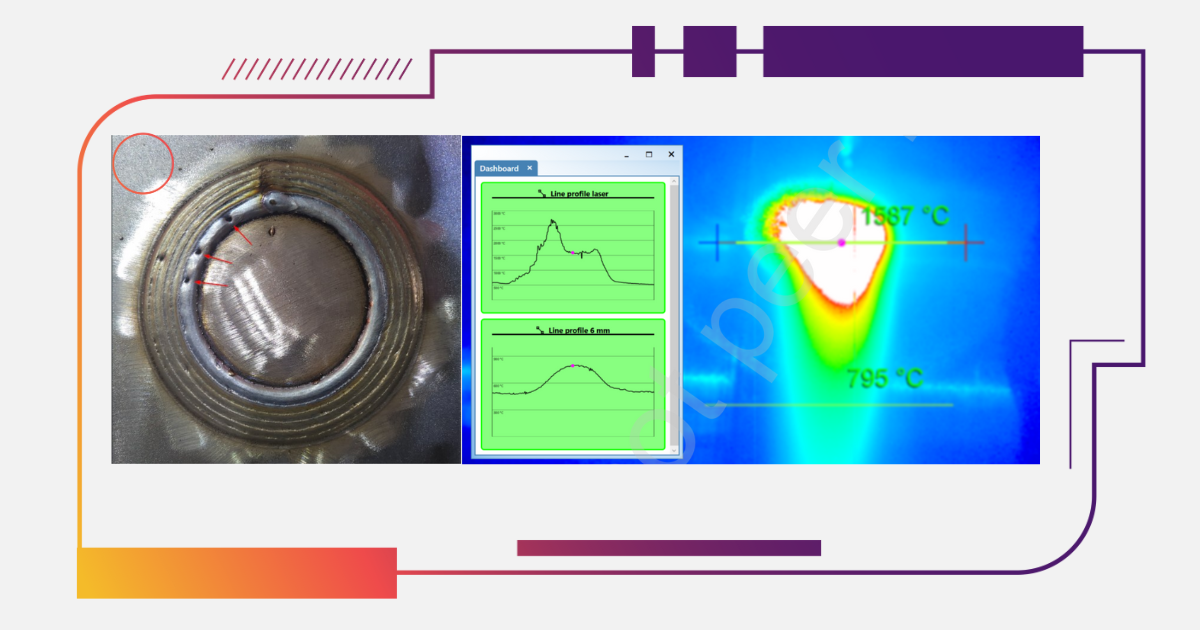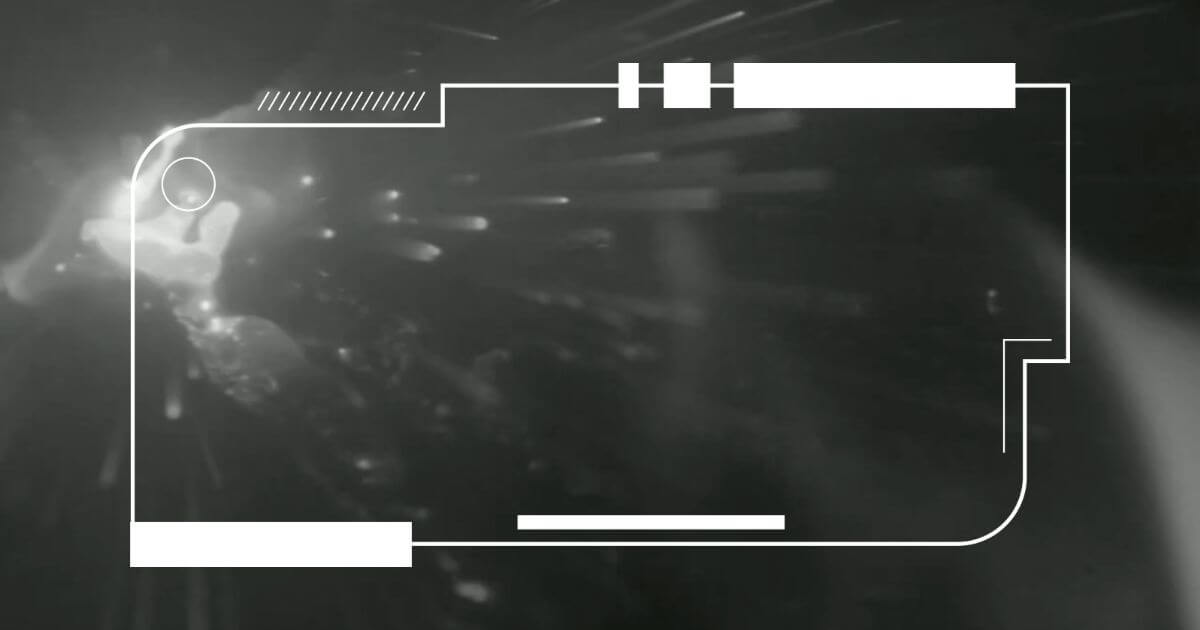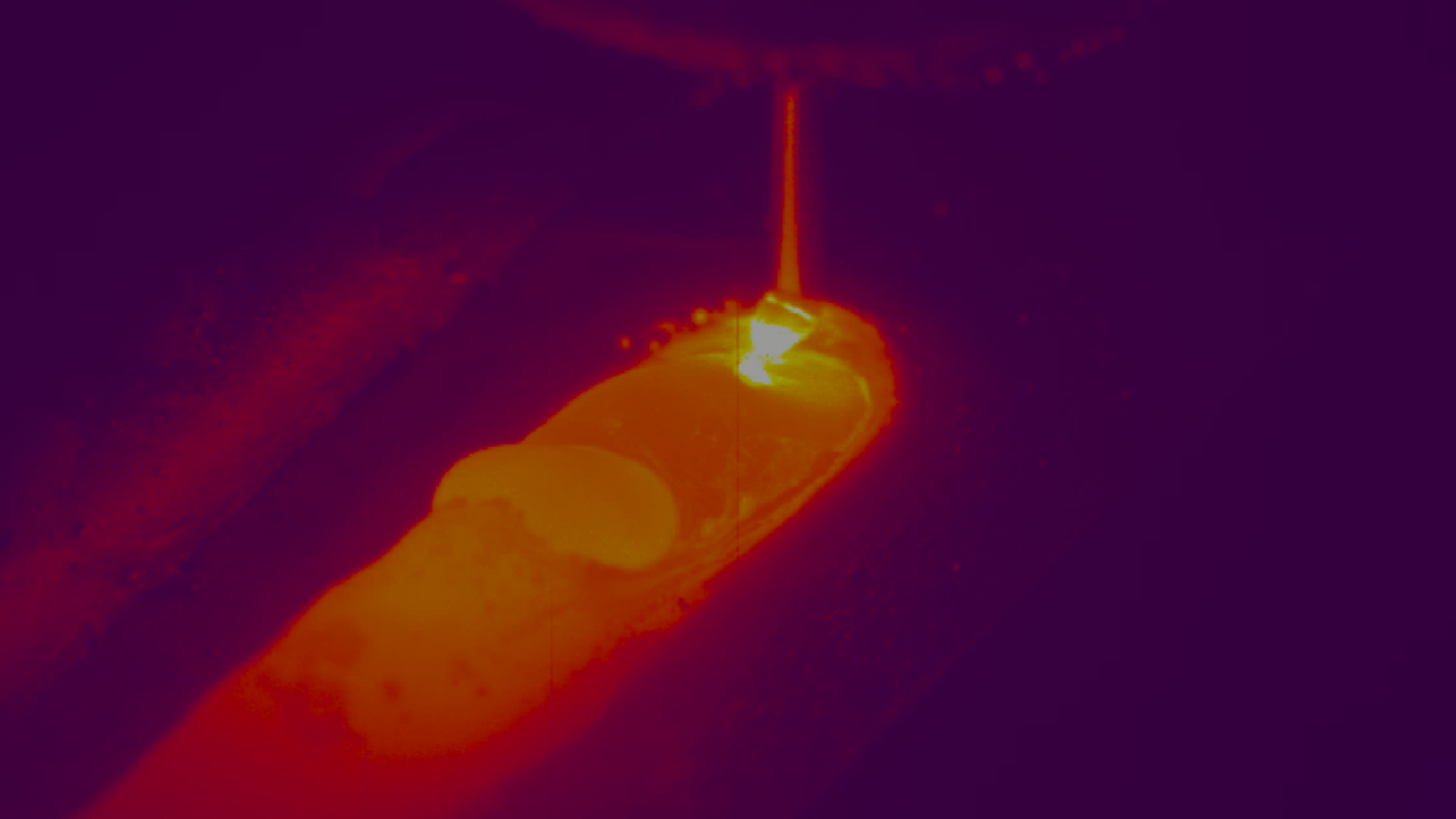Welding is an art as much as it is a science. The fusion of metals under intense heat and precision is what creates the backbone of countless structures, from towering skyscrapers to critical pipelines. But in this process, imperfections can arise—some more critical than others. Two of the most common welding defects, lack of fusion and lack of penetration, often get confused, yet each poses distinct risks to structural integrity. Understanding these flaws, how they occur, and—most importantly—how to prevent them and detect them using advanced systems such as Xiris Welding Cameras is crucial for ensuring the longevity and safety of welded components.
What is Lack of Fusion?
Lack of fusion is a welding defect that occurs when the weld metal does not fully bond with the base metal or adjacent weld passes, creating weak points in the joint. Unlike other imperfections, lack of fusion often remains undetected until structural failure occurs. This defect is particularly prevalent in industries requiring precision, such as pressure vessel manufacturing and structural welding.
What Causes Lack of Fusion in Welding?
Key causes of lack of fusion include:
- Insufficient heat input: If the welding arc does not generate enough energy, the base metal remains unmelted, preventing proper bonding.
- Improper gun position: A misaligned welding gun can cause the arc to miss the weld groove, resulting in incomplete fusion.
- Arc blow effect: Electromagnetic disturbances can deflect the arc, leading to inconsistent fusion.
- Uncontrolled weld pool movement: If the weld pool moves too quickly ahead of the arc, it can block heat transfer, preventing fusion.
- Joint design flaws: Incorrect bevel angles or insufficient penetration depth can create conditions for lack of fusion.
Consequences of Lack of Fusion in Welding
Lack of fusion is particularly dangerous because it undermines the integrity of welded structures without visible warning signs. In various welding applications, such as structural fabrication and pressure vessel manufacturing, this defect can lead to unexpected failures and mechanical issues. Because it often remains undetected through visual inspection, it presents a significant challenge for quality control in ensuring reliable and durable welds (Tušek et al., 2007).
What is Lack of Penetration?
Lack of penetration, also referred to as incomplete penetration, occurs when the weld metal does not extend fully through the joint thickness, leaving a gap at the weld root. This defect is particularly concerning in welding applications where structural integrity is critical.
What Causes Incomplete Penetration in Welding?
Key causes of lack of penetration include:
- Insufficient heat input: Without enough thermal energy, the weld metal fails to penetrate the base material thoroughly.
- Improper joint design: An inadequate root opening or excessive root gap can hinder full penetration.
- Incorrect electrode or filler metal selection: Using an incompatible filler material can impact weld penetration depth.
- Welding technique inconsistencies: Unstable torch movement and improper heat control contribute to poor penetration.
- Stress concentration at the weld root: Structural weaknesses at the root of the weld can worsen incomplete penetration defects.
Consequences of Lack of Penetration
Incomplete penetration defects in welding pose significant risks across various applications. This defect weakens the structural integrity of welded joints, leading to reduced load-bearing capacity and increasing the likelihood of cracking and leakage over time. In critical industries such as pressure vessel manufacturing, poor penetration can compromise safety and durability.
Studies have shown that lack of penetration creates stress concentration at the weld root, which can accelerate failure under mechanical or thermal loads. Addressing these issues requires a deeper focus on real-time weld monitoring and detection systems to identify incomplete penetration as it occurs, allowing for immediate corrections before defects compromise structural integrity (Lu et al., 2021).
How to Detect and Prevent Lack of Fusion and Incomplete Penetration
Detecting and Preventing Lack of Fusion
Lack of fusion is often characterized by unfused edges or gaps between weld beads. Under a weld camera, this defect appears as a sharp discontinuity in the weld, often with inconsistent bead shape and distinct boundaries. To prevent lack of fusion, welders should:
- Optimize heat input: Adjust voltage and amperage settings to ensure complete melting of the base material.
- Maintain proper welding technique: Ensure the correct torch angle and travel speed for optimal fusion.
- Control arc blow: Reduce electromagnetic interference through grounding techniques.
- Stabilize the weld pool: Minimize excessive movement of molten metal to achieve uniform bonding.
- Improve joint preparation: Ensure surfaces are clean, and bevel angles and penetration depth are properly configured.

This image depicts lack of fusion, visible as sharp gaps or unfused edges along the weld bead. Under weld cameras, these areas often appear as abrupt discontinuities or inconsistent bead profiles. |
Detecting and Preventing Lack of Penetration
Incomplete penetration manifests as a void or gap in the root of the weld. On high-speed weld cameras, it can appear as a hollow or darkened region at the center of the joint. Preventing this defect requires:
- Enhancing welding heat input: Adjusting voltage and current settings to ensure adequate penetration.
- Optimizing joint design: Adjusting bevel angles and root openings to facilitate full penetration.
- Real-time monitoring systems: Utilizing high-speed weld cameras and automated inspection systems to detect issues as they arise.
- Advanced inspection techniques: Employing ultrasonic testing and imaging methods to verify penetration quality.
|
This image illustrates lack of penetration, visible as an incomplete root profile or gap at the weld joint. On weld cameras, it appears as dark voids. |
How Xiris Welding Cameras Can Help Detect Fusion and Penetration Defects
Xiris imaging systems offer advanced real-time monitoring solutions that significantly enhance defect detection. Their high-speed weld cameras allow welders to:
- Identify lack of fusion through sharp, unmelted edges and inconsistent bead formation.
- Detect lack of penetration by revealing voids or darkened root areas within the joint.
- Enable immediate corrective actions by providing real-time imaging feedback, reducing the likelihood of defects progressing unnoticed.
By integrating these systems into the welding process, manufacturers can enhance weld quality, minimize defects, and ensure stronger, more reliable welds.
Lack of Fusion vs. Lack of Penetration – A Side-by-Side Comparison
As we conclude this discussion on welding defects, let's summarize the critical distinctions between lack of fusion and lack of penetration one last time. These defects, though different in nature, both compromise the strength and reliability of welded structures. Proper identification and prevention techniques can significantly reduce failures and improve weld quality. The table below outlines key differences between these two welding issues and highlights methods for their detection.
| Aspect | Lack of Fusion | Lack of Penetration |
| Definition | Failure of weld metal to fuse with base material | Weld metal does not extend through joint thickness |
| Causes | Low heat input, incorrect angles, contamination, high travel speed | Low heat input, improper joint design, incorrect electrode, fast travel speed |
| Consequences | Weak joints, risk of fractures, structural failure | Cracks, leaks, reduced load-bearing capacity |
| Prevention | Proper heat settings, correct electrode angles, surface cleaning | Sufficient heat input, correct joint configuration, steady technique |
| How to detect | Appears as unfused edges or gaps along weld beads; shows inconsistent bead shape and sharp boundaries in weld camera imaging | Appears as an incomplete root profile or void in the center of the joint; presents as dark or hollow regions in weld imaging |
Achieving high-quality welding requires a strategic blend of detection, prevention, and continuous monitoring. The ability to identify defects such as lack of fusion and incomplete penetration at the earliest stages is paramount to avoiding costly failures and ensuring the structural integrity of welded components. Advanced detection systems, such as Xiris Weld Cameras, have revolutionized real-time monitoring by offering unparalleled precision in spotting defects as they form. These high-speed imaging solutions allow welders to catch inconsistencies, such as unfused edges or incomplete root profiles, and correct them before they become critical flaws. By refining welding parameters, optimizing techniques, and utilizing cutting-edge inspection technology, manufacturers can significantly enhance weld quality, reduce failure risks, and improve operational efficiency. As the industry embraces next-generation monitoring solutions, welders are now equipped with the tools necessary to achieve greater precision, efficiency, and long-term durability in every weld.
Referencias:
- Lu, K.-Q., Lin, J.-Q., Chen, Z.-F., Wang, W., & Yang, H. (2021). Safety assessment of incomplete penetration defects at the root of girth welds in pipelines. Ocean Engineering, 230, 109003. doi:10.1016/j.oceaneng.2021.109003
- Tušek, J. & Bajcer, B. & Taljat, B. & Hrženjak, M.. (2007). Analysis of Lack of Fusion in Welds at Water Heaters. 46.






.png)


